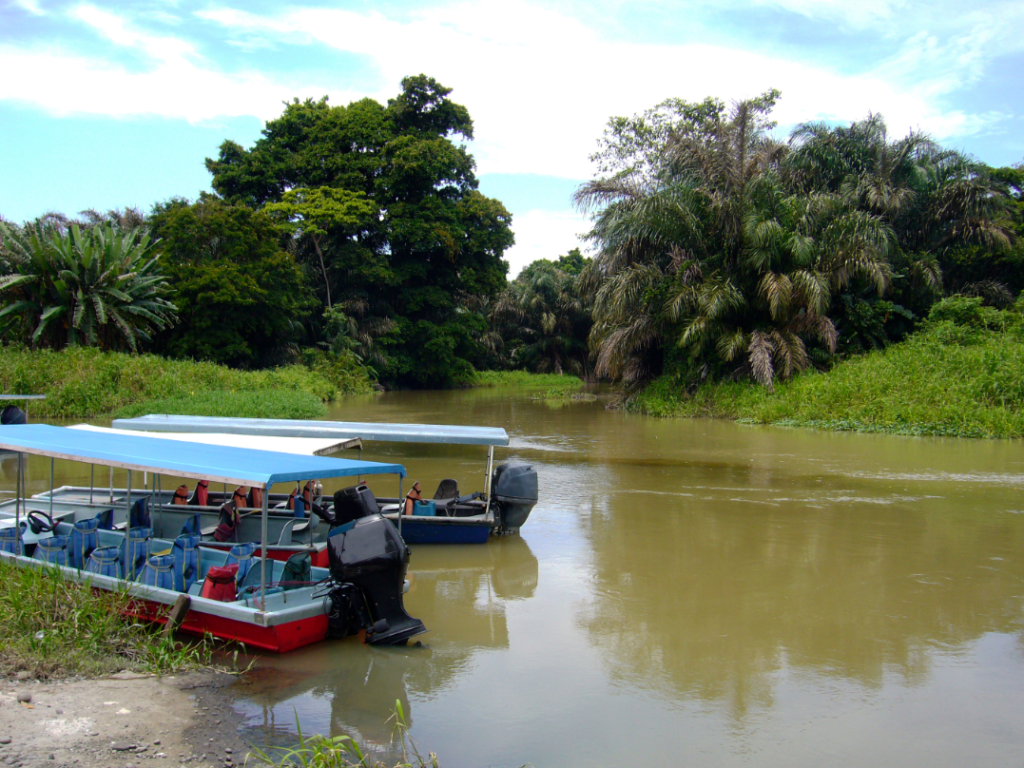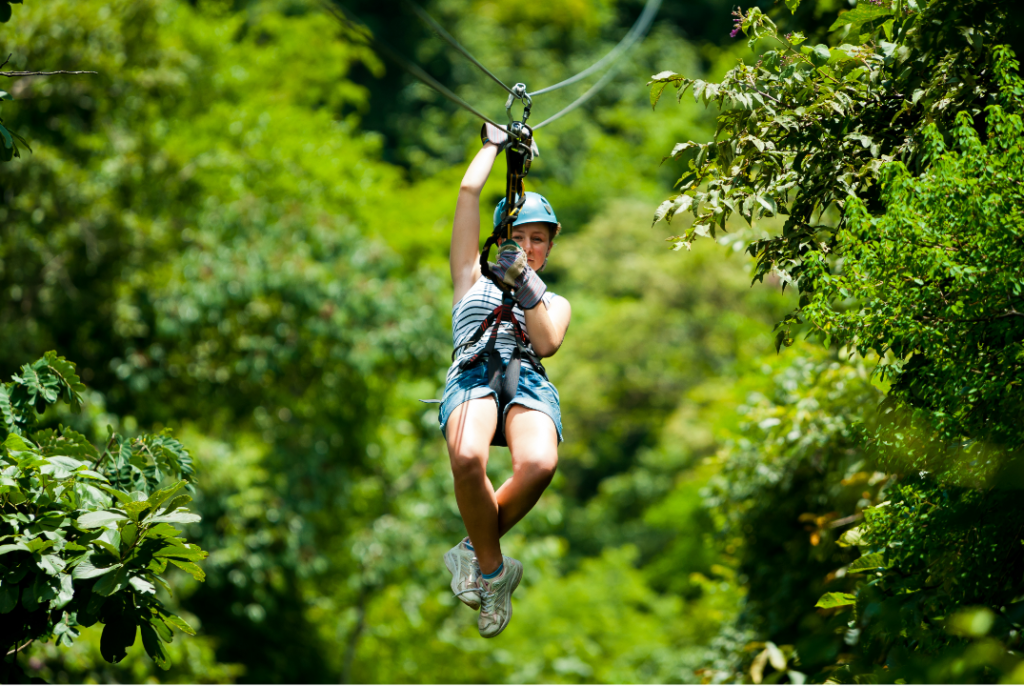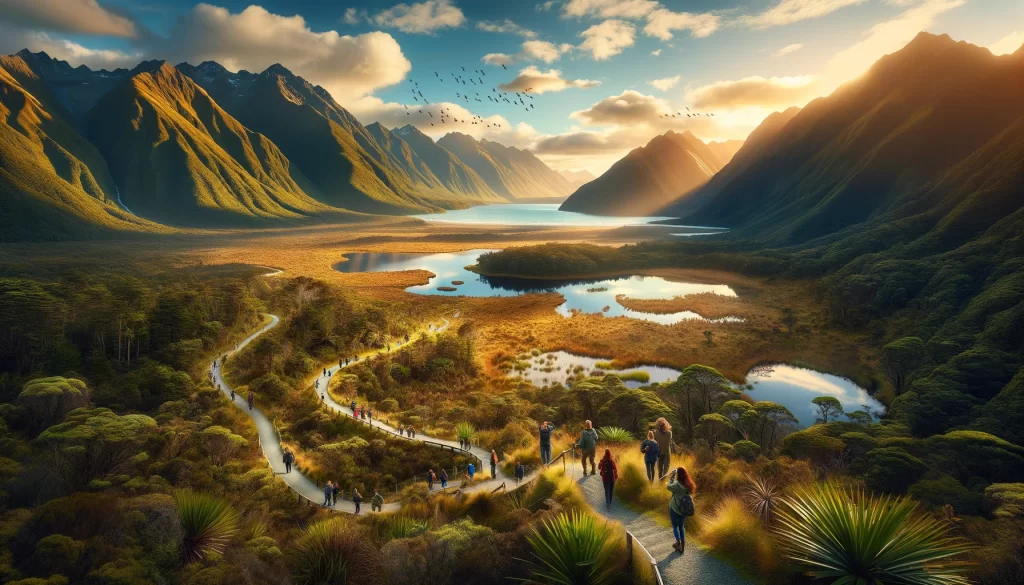Costa Rica: A Pioneering Paradise for Eco-Travelers
Costa Rica, a verdant jewel nestled between the Pacific Ocean and the Caribbean Sea, epitomizes the essence of eco-travel. This small Central American country, covering only 0.03% of the Earth’s surface, astonishingly contains approximately 5% of the world’s biodiversity. With its lush rainforests, pristine beaches, and abundant wildlife, Costa Rica has become a beacon for those seeking a harmonious balance between adventure and environmental preservation.
The country’s commitment to conservation is unparalleled. Over a quarter of its land is designated as protected national parks and reserves, a testament to its dedication to safeguarding these natural treasures. This commitment has not only preserved vast expanses of wilderness but has also made Costa Rica a living laboratory for ecological study and sustainable practices.
One of Costa Rica’s most notable contributions to conservation is its pioneering Payment for Ecosystem Services program, which compensates landowners for the environmental benefits their forests provide. This innovative approach has played a crucial role in reversing deforestation rates and promoting reforestation efforts across the country.
For eco-travelers, Costa Rica offers an unparalleled array of experiences. The Monteverde Cloud Forest Reserve, with its misty landscapes and diverse flora and fauna, is a haven for birdwatchers and nature enthusiasts alike. Here, visitors can wander through ethereal forests where the resplendent quetzal flits among ancient trees, and the sound of howler monkeys echoes through the canopy.
The Tortuguero National Park, accessible only by boat or plane, offers a unique glimpse into the country’s rich biodiversity. Its network of rivers and canals serves as a critical nesting site for sea turtles, including the endangered green turtle. Night tours allow visitors the awe-inspiring opportunity to witness these majestic creatures laying their eggs under the cover of darkness.

Costa Rica’s commitment to sustainability extends beyond its protected areas. The country is a world leader in renewable energy, with over 98% of its electricity generated from renewable sources such as hydroelectric, wind, and geothermal power. This dedication to clean energy reflects Costa Rica’s broader ambition to become carbon neutral, a goal it aims to achieve by 2050.
But it’s not just the natural beauty and environmental policies that make Costa Rica a model for eco-travel; it’s also the warmth and hospitality of its people. Costa Ricans, or Ticos as they are affectionately known, live by the mantra “Pura Vida” – pure life. This philosophy is not just a greeting but a way of life, embodying a deep appreciation for the natural world and a commitment to living in harmony with it.
Travelers to Costa Rica can also engage in a variety of eco-friendly activities, from surfing on the Pacific coast to zip-lining through the rainforest canopy. Each experience is designed to minimize impact and maximize connection with the natural world. Eco-lodges and sustainable tourism operators ensure that visitors’ stays contribute to conservation efforts and community well-being.

In conclusion, Costa Rica stands as a testament to the possibility of balancing human needs with environmental stewardship. Its successful blend of conservation, renewable energy, and sustainable tourism offers a blueprint for the future of eco-travel. For those seeking to explore the world in a way that respects and preserves its natural beauty, Costa Rica is a destination that truly embodies the spirit of eco-exploration. In this paradise for eco-travelers, the adventure of a lifetime awaits one that not only delights the senses but also contributes to the planet’s well-being.




